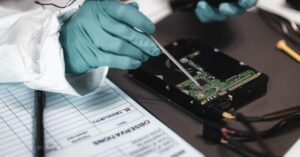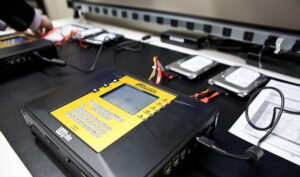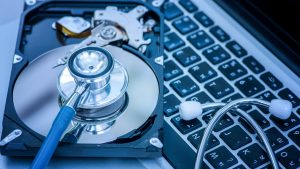The Ultimate Guide to Mobile Forensics
Mobile forensics has become an increasingly crucial part of criminal investigations these days. This guide helps us understand what mobile forensic means, its uses and why it’s important.

What is Mobile Forensics?
Mobile forensics is a digital forensic aiming to retrieve data from mobile devices like tablets and smartphones. Since mobile devices have become integral to our lives, computer forensics expert witness many people use them to send, receive and search data. So, it’s safe to say these devices have a lot of evidence to help investigators.
Some information forensics can find in mobile phones include phone records, text messages, location data and search history. While mobile forensics is mostly associated with law enforcement, many other professionals also depend on data from these devices.
What is the Use of Mobile Forensics?
Mobile forensics has many applications. For instance, the military may use mobile devices to boost their intelligence during a military operation or terrorist attack. Organizations can also rely on mobile evidence when they suspect a worker is committing fraud or someone is trying to steal their intellectual property.
Businesses can also use data from mobile devices to track employees using business devices for personal use to reveal illegal activity. On the other hand, law enforcement may use this technology to collect evidence for several cases.
What’s Involved in Mobile Forensics
Seizures and Isolation
The first step is confiscating the mobile device(s) to prevent evidence tampering. The forensics team does this through network isolation, either turning the phone to airplane mode and disabling the hotspots and Wi-Fi or cloning the device’s SIM cards.
Identification
This involves retrieving data from the mobile device. The forensic team can unlock a locked screen using the right passwords, patterns or biometrics.
Acquisition
It’s hard to control data on mobile devices as it is movable. Once messages or images are transferred from the mobile devices, the control is lost. Even though many devices can store a huge amount of data, the data may not be kept in the device but elsewhere. For instance, users may synchronize their data directly or through the cloud using services like Apple’s iCloud. Investigators, therefore, need to identify whether the data present can transcend the device from a physical object as this can affect data collection and preservation.
Examination, Analysis, and Reporting
The forensic then analyzes the information using various forensic tools. They have to employ different strategies since mobile devices are diverse and need different solutions. All the information and findings analyzed and documented are presented to the court clearly and concisely.
Final Thoughts
Mobile devices are a crucial part of life these days. But as mentioned, they can store a huge amount of data that can help in an investigation. The problem is the manual processes aren’t effective in uncovering this data. That’s why mobile forensics comes in. Using this technology, investigators can access useful data and use it in a case.






